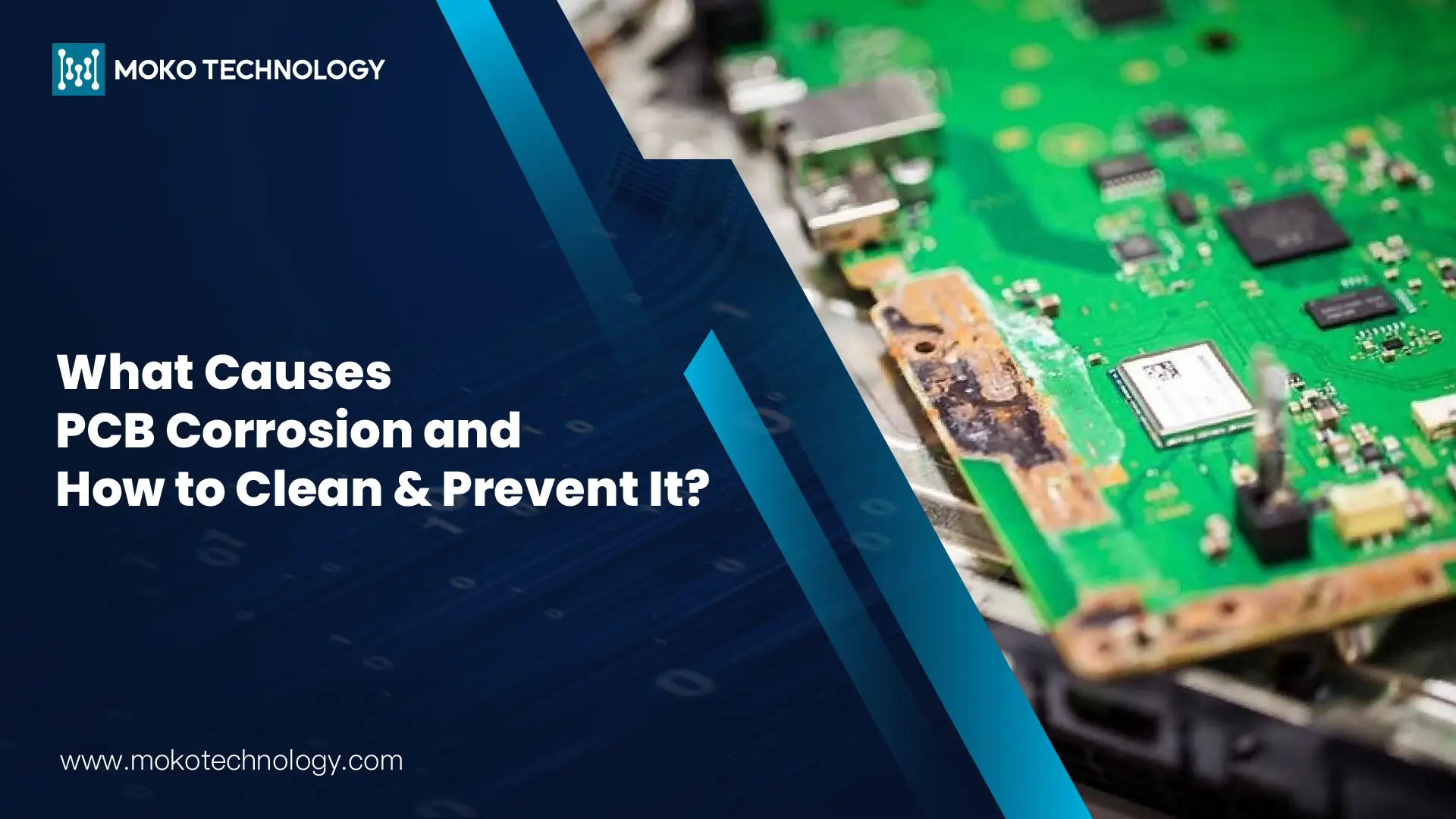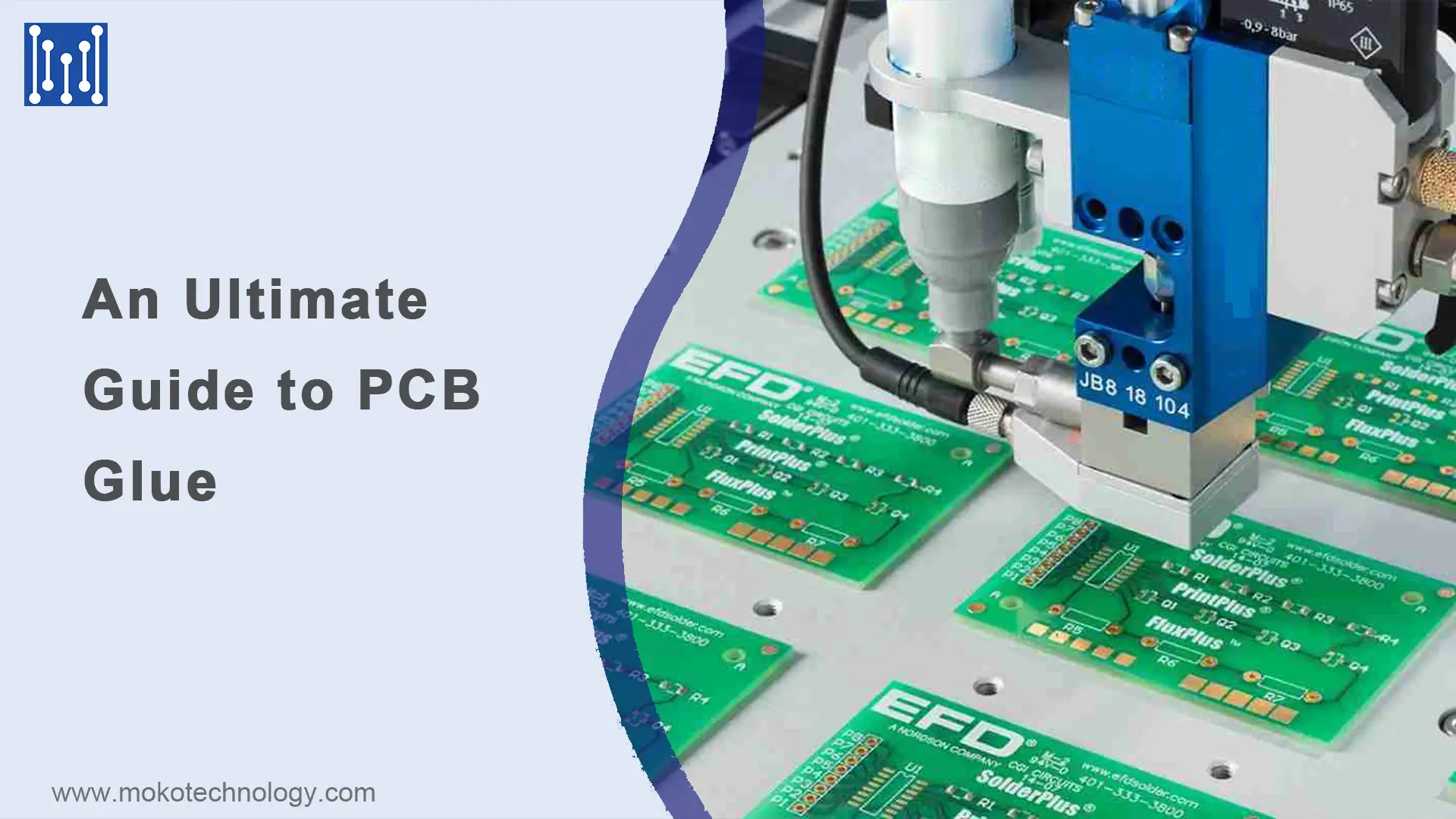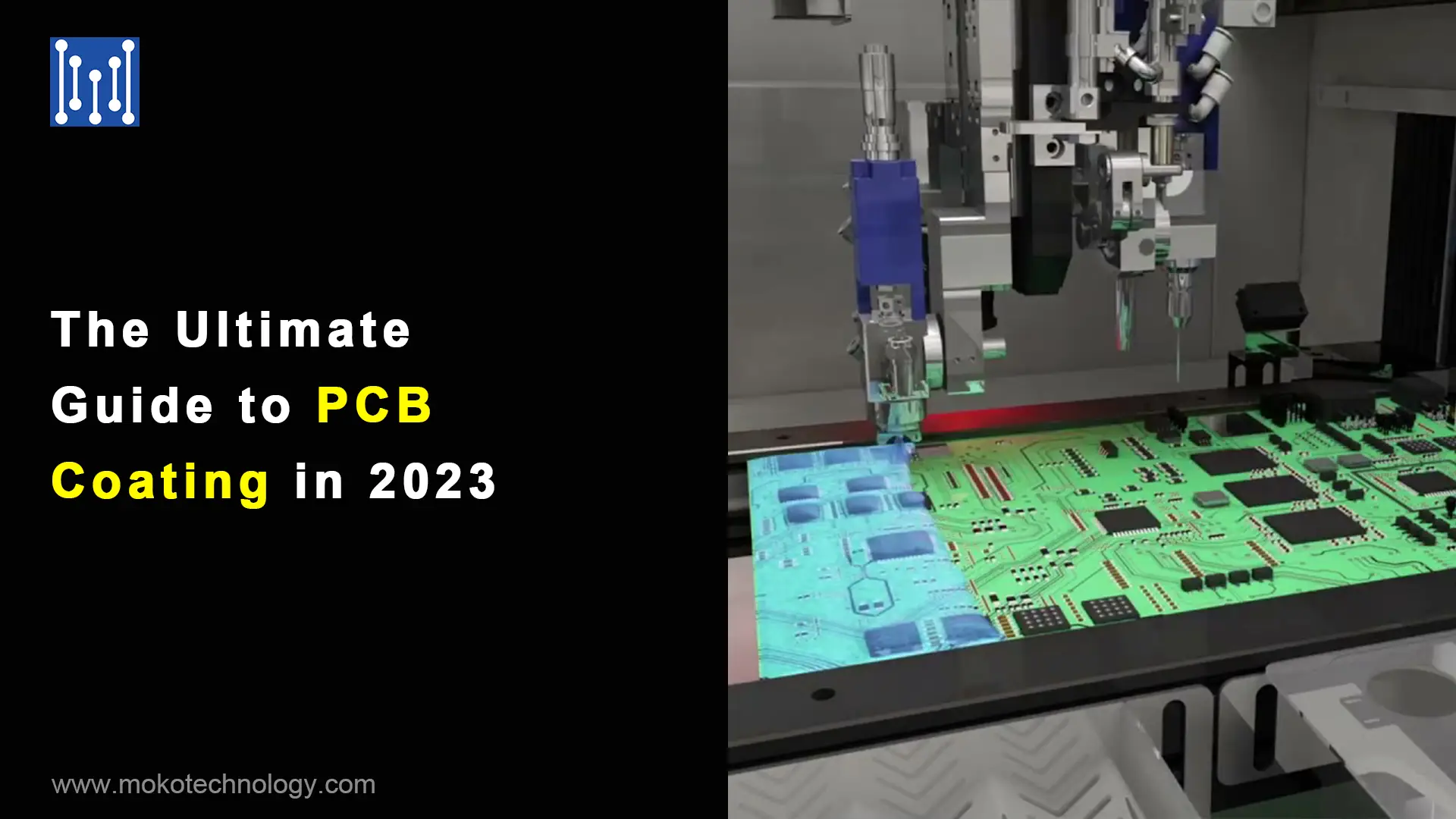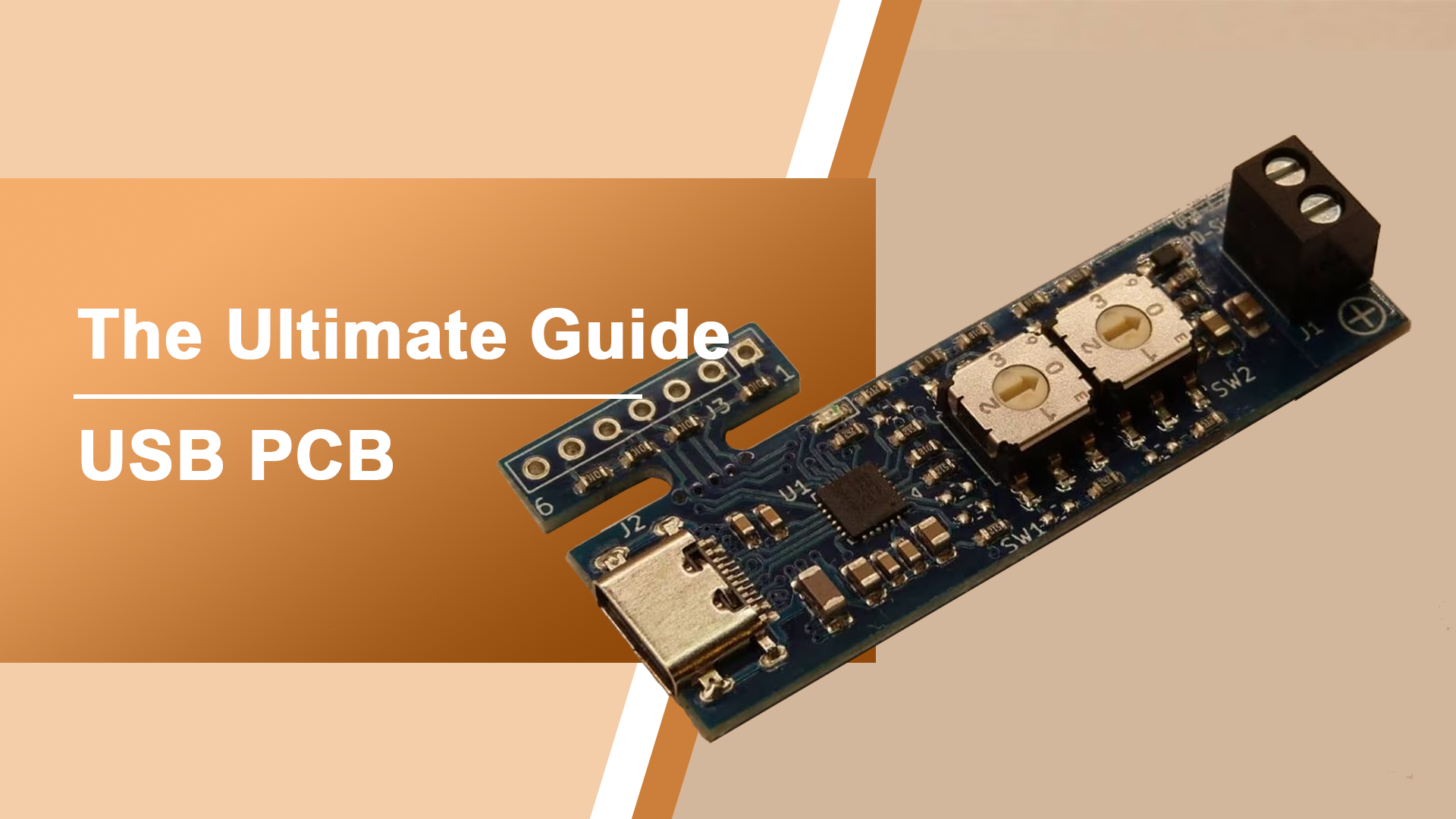Vraagt u zich wel eens af waarom er producten zijn die lang meegaan en er producten zijn die binnen drie tot zes maanden kapot gaan?? One of the biggest culprits is PCB corrosion. Eerste, let us try to consider the question, what is actually meant by the term ‘PCB corrosion’? It is the wear and tear undergone by the materials and components existing on a printed circuit board because of chemical interactions with its surroundings. This corrosion can cause problems such as reduced functionalities and dependability and shortened longevity of electronic apparatus.
Even small layers of corrosion on products as moments might not look like much, they are dangerous signs. Some of the physical consequences of corrosion include overheating and ultimate sparking of the corroded parts or even catching fire sometimes. In deze blogpost, we will explore 4 key reasons that cause circuit board corrosion, tips to prevent this issue, and methods to clean PCB corrosion.
Causes of Circuit Board Corrosion
- Omgevingsfactoren
This is especially true in the case of the circuit board, as the environment and conditions in which they are used have a strong influence on their deterioration. When metal traces are exposed to a damp material containing oxygen there is a chemical change where conductivity is hampered by the formation of oxidized layers. PCBs heavily rely on copper where this atmospheric corrosion process especially affects it.
- Galvanic corrosion
If two pieces of different metals are joined together and exposed to a chemical, which is known as an electrolyte, it is called galvanic corrosion. In such a situation, the metal that is more corrosion resistant started corroding at a much faster rate compared to a less corrosion-resistant metal that it came into contact with. This is on account of forming a galvanic cell, where the more noble metal corrosively disintegrates as the anode whereas, the lower grade or baser metal corrodes reducing the metal as the cathode.
- Electrical Forces
At other times, voltage difference between adjacent tracks coupled with segregation of ions results to electrolytic failure. In consequence metal dendrites develop and when they grow in conjunction to one another, short circuits form.
- Mechanical Wear
Repetitive concerns such as the contact of the current carrying switches work under wiping motions that scrape off the protective layers of oxide and leave the base metal exposed to corrosive factors. In so doing, fretting corrosion steadily builds up rust, thus interfering with the optimum manner in which the switch functions.
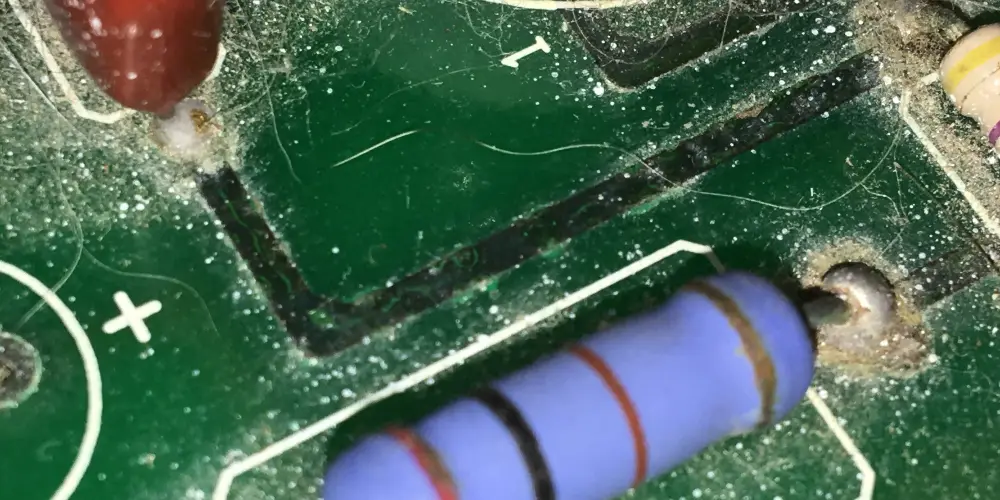
How to Clean PCB Corrosion: A Step-by-step Explanation
To professionally remove corrosion from a printed circuit board, follow these steps:
Stap 1: Make sure to examine the entire PCB to look for regions which are affected by corrosion, which present as green, blue or white forms lying on copper traces, the formation of which imply the presence of copper oxide or any other compound of this kind.
Stap 2: Wipe the PCB for any dust, ash and other particles that might hinder the corrosion eliminating process. Subsequently wipe the PCB with isopropyl alcohol and soft bristle brush being keen not to harm the PCB in the process.
Stap 3: Determine whether the corrosion could be dissociated or chemically dissolved. For light to moderate corrosion apply the commercial PCB de fluxing solution containing the ammonia or citric acid since this has ability to dissolve to copper oxide and other copper salt. Use a soft brush, rub it in until the picture is clean to the touch, rinse with isopropyl alcohol, and dry.
Stap 4: If chemical removal does not work, try using finer grades of abrasive material, zoals 400 and finer abrasives, including scrub pad no.400, abrasive paper of 400 and finer grades, or pumice stone of very fine grade to scrub off the remaining corrosion gently.
Stap 5: In plaats daarvan, use a hint layer of liquid solder mask or acrylic conforme coating after the copper areas have been cleaned as a measure against re-oxidation or other environmental degradation influences. It is only advisable to continue with other operations after the coating has had enough time to harden as prescribed.
Stap 6: Discuss the possibility of conducting functional tests on the PCB with the appropriate diagnostic tools to check whether proper functioning has been restored.
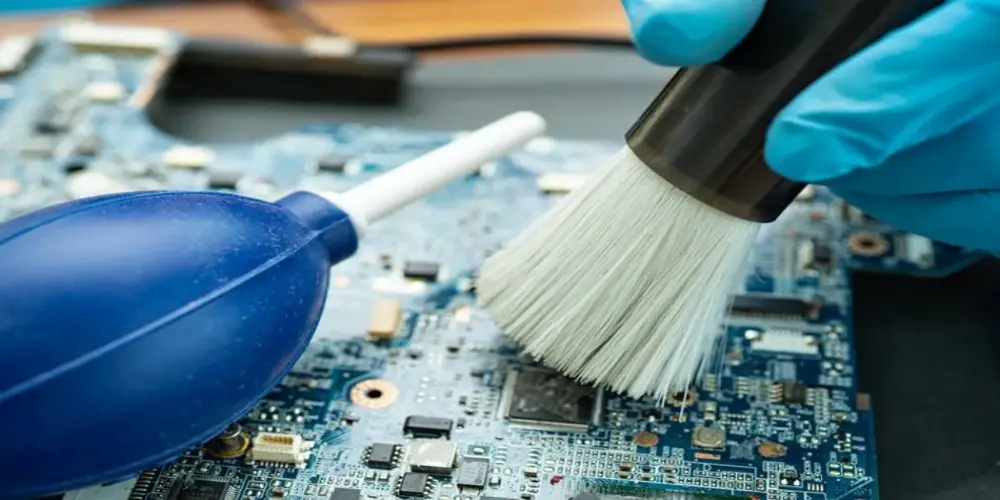
How to Prevent PCB Corrosion?
As pointed out before, moisture or electrolytic contaminants are the biggest issues that lead to corrosion. In order to protect PCB from corrosion, the following steps should be taken:
- Make sure to clean the PCBA's during assembly to remove the flux residues.
- Ensure that the PCBs are not exposed to moisture and that they are kept dry.
- Avoid allowing electrolytes to come into contact with the PCB.
- Next apply conformal coatings on the PCB assembly to shield it from the surrounding environment.
- The main approach of PCB protection against corrosion is to avoid contact with moisture or any liquid at all. One way is to place the PCBA in an appropriate IP-rated housing.
- If enclosures cannot be incorporated, then conformal coating can be used. These can be applied assolder masks, aerosol spray or epoxy coatings among others, and are designed to protect the PCB from the surrounding environment.
Laatste gedachten
While there are strategies to mitigate circuit board corrosion, this issue can never be fully eliminated, especially as electronic devices age over prolonged use. It is therefore necessary to identify various ways of preventing and cleaning corrosion. Bij MOKO Technology, we are dedicated to delivering customers the highest quality, dependable printed circuit boards that inherently reduce susceptibility to corrosion. Reach out to us today to discover more about our services and how we can support your upcoming PCB projects with robust, corrosion-resistant solutions.
